The Brief:
Task 1: Research User-Centred Design Processes or Tools
- Research three user-centred design processes or tools that can be used to discover a core need or problem, e.g., customer journey maps, service safaris, a day in the life, cultural probe, and double diamond.
- Select one process and write a short 100-word description to illustrate how it can be used to discover an insight or challenge.
Task 2: Research Existing Campaign or Service Design Project
- Research and select one existing campaign or service design project that tackles a social problem and analyse its effectiveness. Please remember to include information about any user-centred design processes that may have been used and the impact they brought about.
- Write a 300 – 400-word description with screen grabs to illustrate your research findings.
My findings:
This week we are exploring service design and how graphic design can save the world. To understand this, we need to begin by exploring what service design is and how designers use the tools available to create in-depth outcomes that can significantly change the world as we know it. Marc Fonteijn, the founder of the Service Design Show, says:
Imagine you have two coffee shops right next to each other selling the exact same coffee at the exact same price. Service design is what makes you walk into the one and not the other, come back often and tell your friends about it.
(Fonteijn, 2020).
Service design is designing and improving services to meet the needs and expectations of users and consumers. It is customer-centric, meaning the customer is at the centre of every step of the design process, from ideation to the final launch. Ensuring this is done successfully involves understanding and gaining a deeper insight into the customer journey. It allows designers to identify problems and design solutions to improve usability and customer experience. It is a collaborative approach combining multiple perspectives of design thinking and problem-solving, enabling the outcome to be perfect, technically feasible, and business viable.
The outcome of a design, research, and refining process makes you want to engage with the service and tell all your friends about it. It is about understanding what you must do as designers to produce that customer journey or how to design a service that suits the users (Fonteijn, 2020).
How do we do this? We can implement numerous tools to create the best outcome when designing a service or product. These include simple brainstorming ideas such as mind mapping and observation notes or more complex analytical tools such as service blueprints and success metrics. These tools and processes identify a project’s successes and failures, allowing designers to rectify them before launching the product or service.
Below are three examples of tools used in service design and how they can benefit designers during the service design process.
Task One – Part One
Mind Mapping
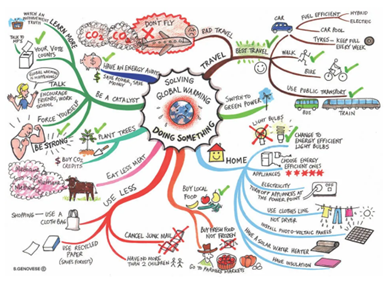
(Genovese, n.d.)
I have used this ideation method, especially when creating a story or hashing out an idea for a craft project before. I am unsure where I first learned this skill, but I find it incredibly useful. Not only does this map provide a structure, but it also helps to organise ideas and information.
In service design, this method helps users understand their concept by breaking it down into parts. It lets you see how the information fits together and provides an expansive structure to support your thinking. There are three keyways mind mapping helps organise your data and idea. These are simplification, categorisation, and contextualisation.
Throughout many service design projects, there is an overload of information, and often it is being able to see the whole idea and how it pieces together that is the tricky part. Mind mapping simplifies the information because it comprises keywords rather than long, detailed paragraphs. Doing this helps create a structured visual summary where the data is easier to digest. It allows us to see areas where the idea is not solid or missing links.
Conceptualising an idea this way helps to categorise and, therefore, sub-categorise information to make it easier to navigate. Our brains can make sense of the complexity if we can see the hierarchy of data or the grouping of similar information in one place, much like looking at paint samples in a shop. If all hues are grouped, we can quickly pinpoint the shade we are looking for and easily make sense of the information – all the colours we are looking at. Categorisation breaks down the complex nature of the data.
And finally, contextualisation allows us to see how a piece of information connects to another part of the information – breaking down the information into topics, sub-topics, sub-topics, etc. The information does not exist in isolation, and mind maps help us visualise the relationships within the data. They allow us to create a more precise, understandable structure for better quality outcomes (Brandner and Matus, 2022).
It is also an excellent tool for collaborative projects; a team can brainstorm this way. Any members of your team can edit, redraw, and expand the mind map. This way, your entire team can explore all viable solutions to any problem. And as mentioned before, it can simplify information by describing the process more clearly or explaining the basic mechanics, and it can also highlight the value of your information (Motta, 2019).
Role Play
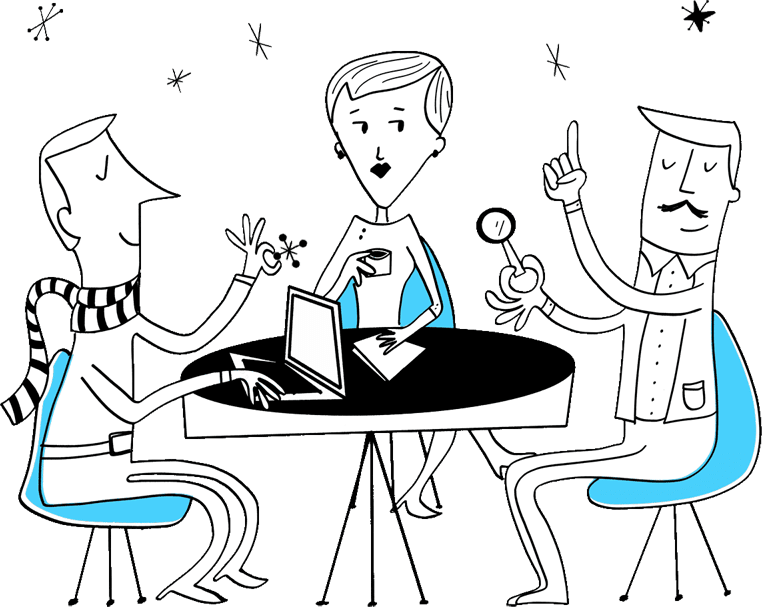
(Hochman, n.d.)
Role play is a method of simulation used in service design to present and explain a service or product by acting out a scenario. Much like prototyping, it gathers data from an activity to better the product or service. It works because participants are given characters, e.g., user, or service employee, and they act out a scripted scene to show the audience how the project works in a real-life situation. These scripts could be designed as different scenarios where the participants are immersed in these scenarios. Multiple scripts allow the audience and participants to understand how the product or service works in various settings. This method requires prototypes and other materials to help facilitate the performance. Therefore, it could only be conducted in the latter and end stages before launching.
Once the performance is complete, team members can reflect on the interaction to gauge whether they can improve their product or service. This form of research can help to identify weak spots in the design or areas where the product or service may not be as efficient. It allows then the design team an opportunity to amend these before launching.
Although designing a role-play comes with challenges, it can be helpful when figuring out user requirements, expectations, competencies, and acceptance. It also allows the users to become an integral part of the design process as they feel more involved with the project.
The advantages of using role play are that you can generate many diverse ideas from different participants. It allows for the quick generation of ideas; the more individuals involved; the more ideas can be generated. And not only is there no fear of judgement in role-play, as it is a fun research activity, but it is also a creative way of problem-solving. It allows designers to understand how users react in different scenarios or how they can generate different user experiences within the same scenario. It is, however, a time-consuming process that requires product or service prototypes and scripts that need to be written and designed to emulate real-life situations (Think Design, 2018).
Service Safaris
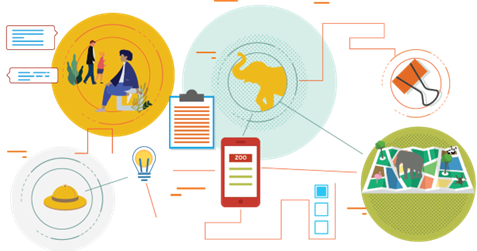
(Scheel, 2020)
A safari is an expedition to observe animals in their natural habitat. Using this in a design concept is an expedition of a service experience in situ. It is a method designers can use to evaluate the experience by seeing the product or service in its natural habitat and experiencing using it for themselves in the shoes of a visitor, user, customer etc.
This method captures the real-world experience of a service and allows us to understand better user needs, gaps, and opportunities in the service we offer. It is best used as a supplementary user research approach. The idea is that when all the data is collected, you can analyse and review it to look for patterns, issues, and opportunities to better your outcome (Lubbock, 2019).
More than one team member can work on this project phase; two heads are better than one. They can validate each other’s findings, which can lead to discussions that allow the designers to gain deeper insights into the usability of a service. The outcomes depend on the project, but a journey map is an expected output. This journey map can then be used to visualise the flow of things like touch-points, if any, and highlight any issues and opportunities of how the users will engage and move around the service or product.
This tool is helpful for research as it is a powerful reference tool throughout the service design project. It allows teams to consistently check how changes and developments can affect the customer journey. They are great at giving you an initial understanding of the customer experience and can help identify problem areas. It can also highlight areas where competitors are doing better than your service. It also helps identify any workarounds that customers may employ and allows you to understand what works well and could be replicated in other project areas.
Although service safaris are beneficial to the success of a project, other tools, such as user research, are critical to gain a deeper, more exhaustive understanding of usability. A more comprehensive approach that includes user research and service safaris, amongst other tools, will be more appropriate to understand the bigger picture. Another downside is that service safaris do not provide deeper insights into specific project attributes, so other devices must be used to better understand specifics (Brady, 2017).
Task One – Part Two
100-word Description
Mind Mapping
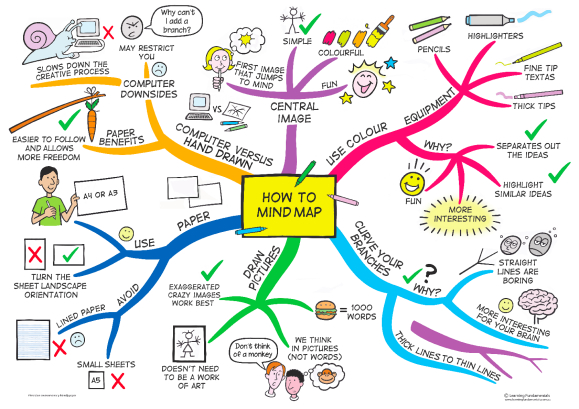
(Learning Fundamentals, n.d.)
Mind mapping helps to prioritise and organise data and generate ideas for more effective problem-solving and design. It enhances service design as it allows for collaboration, and encourages creativity and brainstorming, which can provide insight into new perspectives. By mapping out the project this way, designers can identify patterns, relationships and any missing links that may not have been realised. As the data is mapped out, designers can see the holistic viewpoint concisely, where tricky data is simplified and easier to digest. Although mind mapping is a broad term, it is a visual representation of information, be that a sequence of thoughts, a concept, a system, or a process.
Task Two – Part One
Lego Braille Bricks
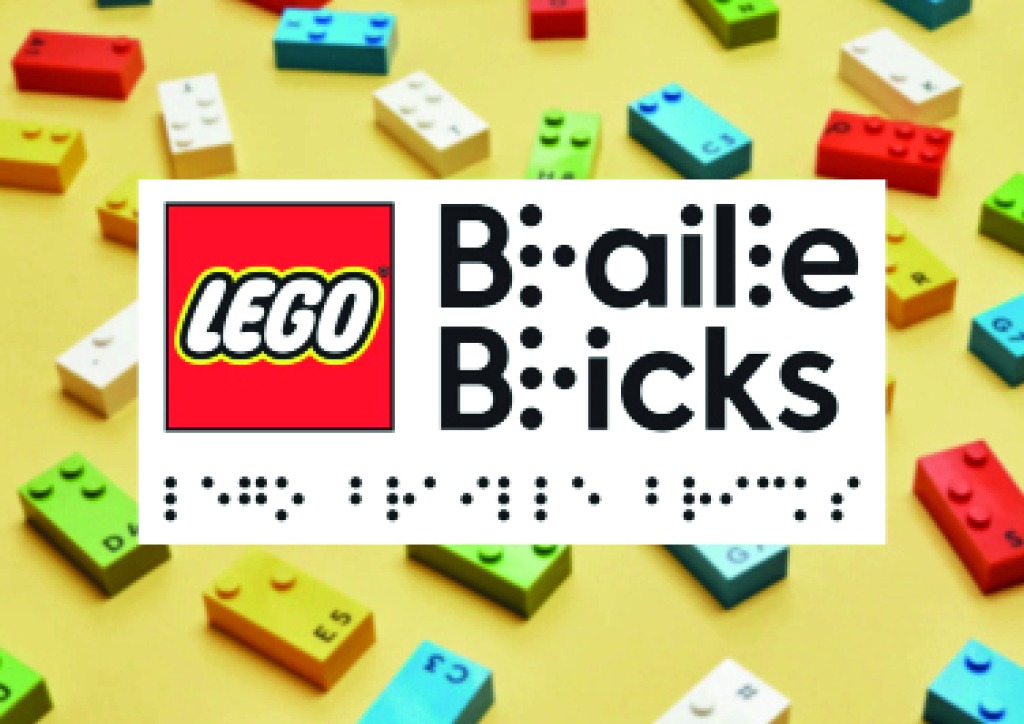
(The Lego Group, 2020)
One service design project I would like to discuss is the Braille Bricks designed by Lego to help make learning through play more inclusive to visually impaired individuals. Lego was approached by numerous visual impairment charities to create a learning tool that made learning more engaging and allowed both sighted and unsighted people to learn together in the same classroom.
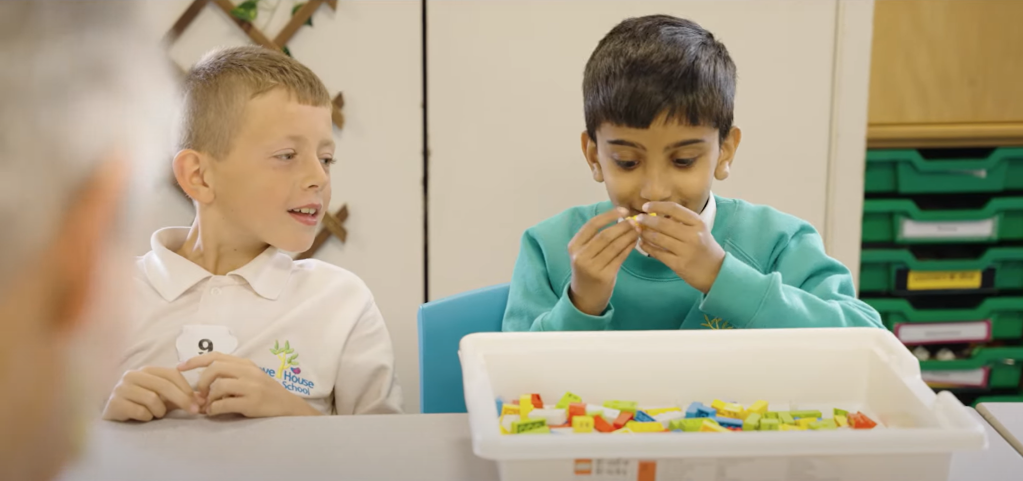
(Lego Braille Bricks, n.d.)
Braille is literacy and essential for visually impaired individuals as it is their primary method of communication and understanding, with their only other option being listening. A Perkins Brailler, pictured below, has been their only resource for learning these skills for quite some time. And due to the nature of listening, however, spelling and grammar are lost in translation when it comes to learning these skills.

(Perkins School for the Blind, 2019)
According to Sue Lock, a mathematics teacher from New College Worcester, Braille machines highlight mistakes made by children, as the errors cannot be corrected. This goes against how children learn, as they do not like to make mistakes and do not want their mistakes to be on show. By having a tool such as the Lego Braille Bricks, the children can learn a vast array of subjects, but they can also break any mistakes they make and learn how to correct them instead of feeling embarrassed by them (The Lego Group, 2020).
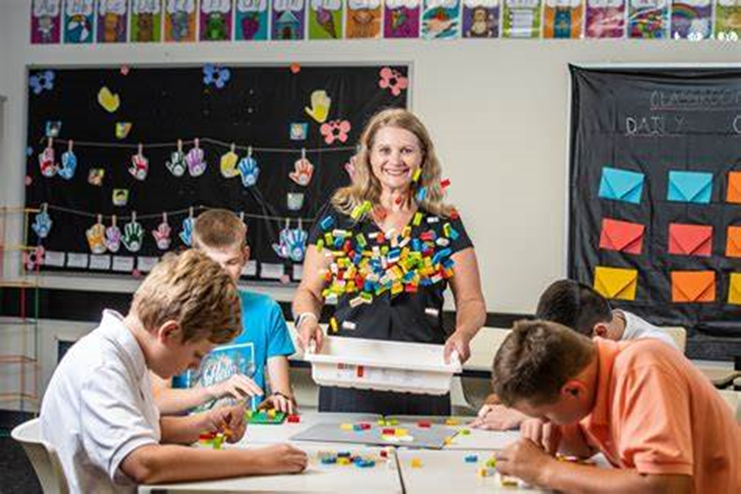
(The Lego Group, 2020)
This example of service design is so successful because the bricks have changed how visually impaired people can learn as they have broken the barriers to social inclusion. No longer confined to special schools, visually impaired people can learn in mainstream schools and lead the same lives as their sighted peers. They now have access to the same information simultaneously and are allowed to participate and enjoy the vast benefits of a mainstream setting (Dutta, 2013).
Simply by creating Braille Bricks with both Braille and the alphabet printed on them, they have made learning language, literacy, and mathematics, amongst many other subjects, far more accessible than they ever were. This, in turn, allows Braille to become a mainstream subject, which will continue to encourage the emergence of more accessible learning tools.
Allowing visually impaired individuals to learn alongside sighted individuals increases their chances of employment in later life, as they will have access to a broader range of education possibilities. It will also aid them in being able to lead independent lives as adults.
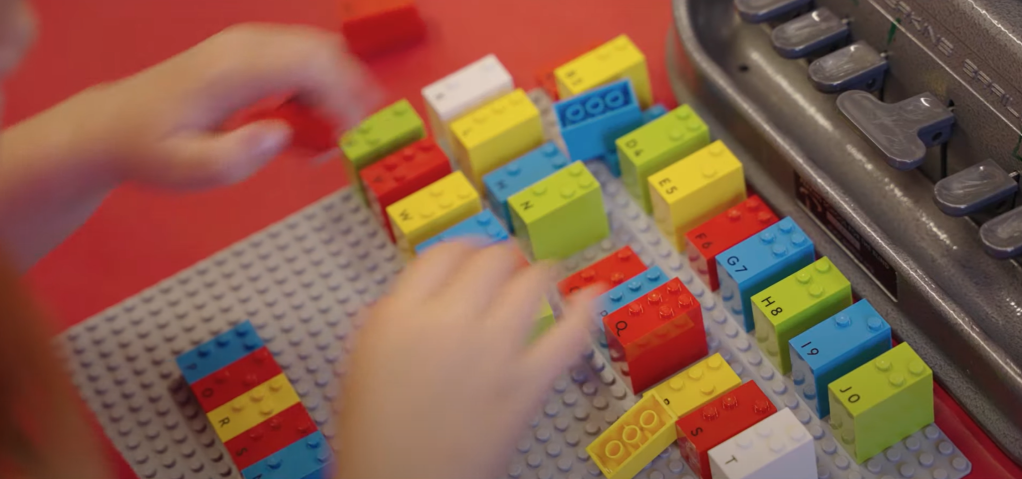
(Lego Braille Bricks, n.d.)
According to Diana Ringe Krogh, who works at The Lego Group, what started as a rough project grew into what it is today because the team understood the benefits of creating this inclusive resource. By collaborating and collectively brainstorming, they could see how a successful Braille Brick product had the potential to impact the lives of many visually impaired individuals worldwide in the best possible way (Lego Braille Bricks, n.d.).
As they had minimal experience in visual impairment, they contacted other Blind Associations worldwide to gain their insight and opinions, especially on initial prototypes and throughout the testing process. Involving people in the field, including visually impaired individuals, allowed Lego to harness their experiences and knowledge to produce a final product that would change their lives and benefit Lego as a company.
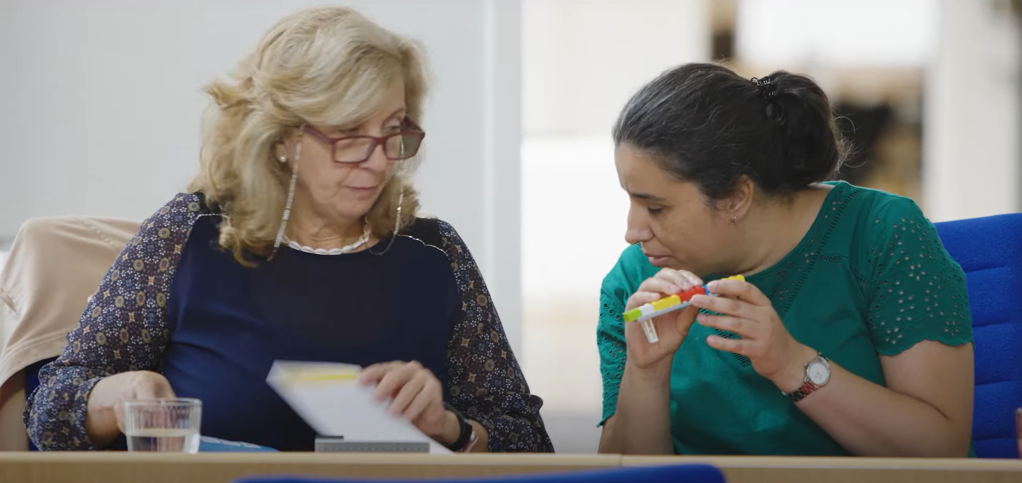
(Lego Braille Bricks, n.d.)
Lego prototyped and assessed their product in numerous classrooms where they gathered a deeper insight into the useability and success of the product, not only from the teachers but the students as well. Not only was this instrumental in the success of the outcomes but paired with the input of visually impaired people at the initial stages of design, they could ensure their product worked in a realistic setting.
Thanks to these tools, they determined that their 2×4 brick was the most suitable as the form worked best for the Braille alphabet. They removed the two lower studs and used the remaining studs to create the letterforms, numbers, and symbols (Lego Braille Bricks, n.d.).
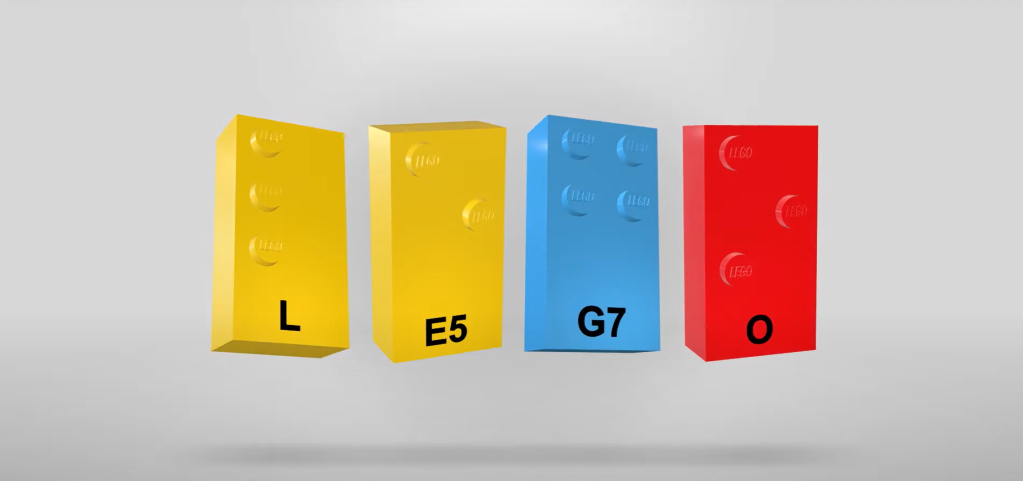
(The Lego Group, 2020)
This project’s success was aided by Lego being a well-loved and well-established toy company. So, by using an already readily available product but adapting it, they are making learning more inclusive for the visually impaired and providing a situation where both sighted and unsighted people can grow together. This adaption of an existing product has destigmatised blindness and allowed these children to integrate better amongst their peers (Lego Braille Bricks, n.d.).
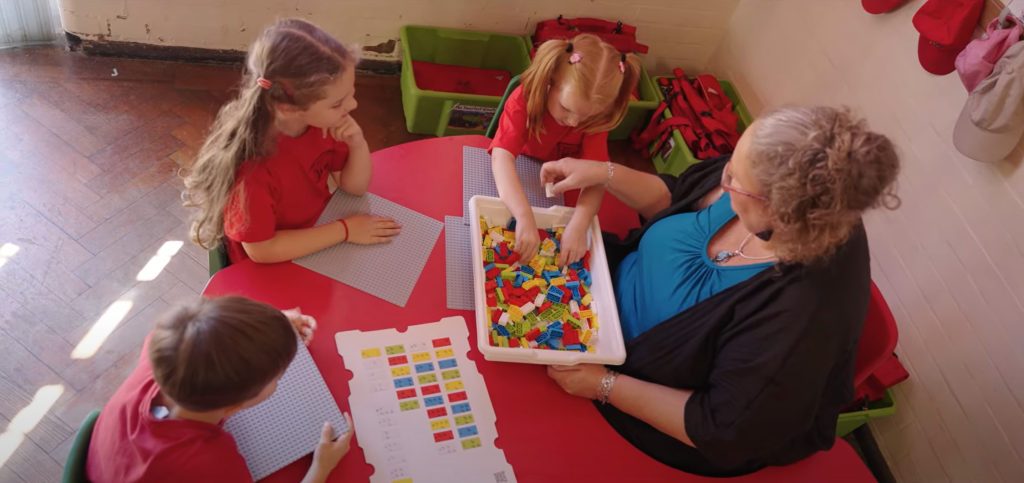
(Lego Braille Bricks, n.d.)
The Lego Foundation made these bricks even more inclusive by creating a not-for-profit project where these kits are handed out to qualifying schools worldwide free of charge. Their mission is to build a future where learning through play empowers children to become creative and engaged and remain in school to go on to live successful, independent lives.
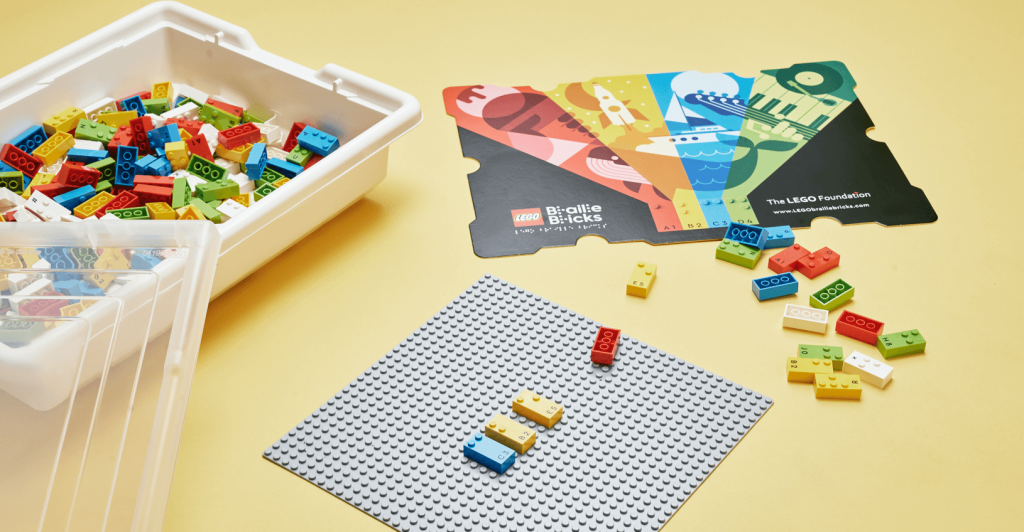
(The Lego Group, 2020)
They did not want to create just the product, however. If this was going to change lives, they wanted to ensure that its impact continued long after the final product launch. They, therefore, designed and built a learning ecosystem centred around how the product is best utilised. According to Stine Storm, another Lego Group employee, learning through play was the founding principle of creating this pedagogical concept.
The expertise and knowledge of Marie Oddoux, the Braille Consultant to The Lego Foundation, was instrumental in getting people to understand what play-based learning involves and how best to use this learning method. It was by using her research and collaborating with her that The Lego Group could design and conceptualise their activity packs to ensure the success of their final product. Her study involved role-play and engaging with prototypes, allowing Lego to fine-tune their final design. Without this collaboration, they could potentially launch a product that is a promising idea but lacks the usability and composition to solve the problem– making a product that makes learning through play inclusive (Lego Braille Bricks, n.d.).
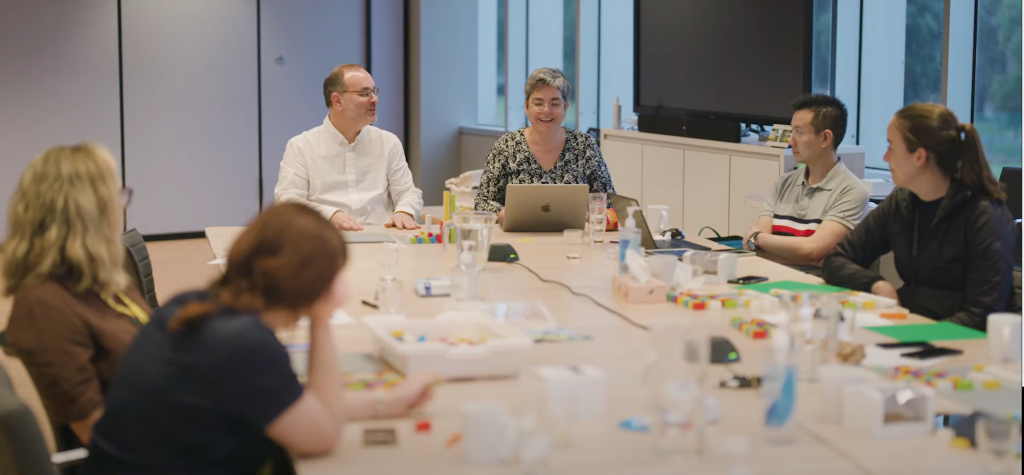
(Lego Braille Bricks, n.d.)
This resource has clearly defined how the Braille Bricks could be implemented into mainstream classrooms so that they reach their full potential whilst also highlighting their open-ended nature. They have gone beyond just creating a successful product that will change many lives to designing a complete concept that ensures that learning and collaboration continue well beyond the classroom’s confines.
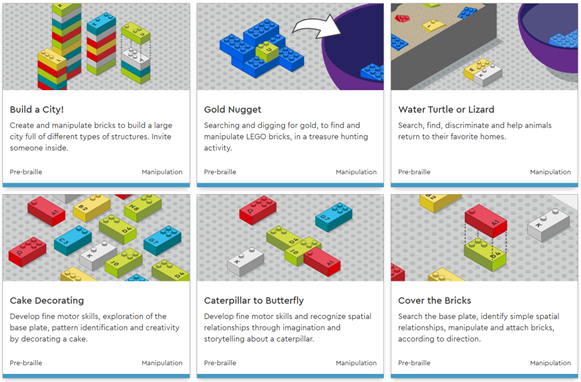
(The Lego Group, 2020)
They have designed a product that will develop an inclusive community, or an educational ecosystem, as they call it, that will impact the lives of visually impaired children, both now and well into the future.
Task Two – Part Two
Lego’s Braille Bricks project aims to make learning through play more inclusive for visually impaired people. The project started as an idea proposed by various visual impairment charities to create a tool that engaged more with children and made teaching and learning Braille more fun.
This project included implementing many service design tools, including user stories, role-play, and observation notes. It also involved the consultancy and collaboration of many visually impaired individuals and months of prototyping and testing to ensure that Lego understood their needs.
After months of testing and research, Lego concluded that their two-by-four bricks were perfect for this project, as all they needed to do to adapt the brick was remove the bottom two studs on the bricks. This way, they could include the alphabet print alongside the Braille lettering. This allowed the bricks to be used as a tool in mainstream classrooms where sighted and unsighted individuals could learn together. By creating an inclusive tool, Lego has helped to destigmatise blindness and encourage visually impaired people to lead a more mainstream life.
Lego created the bricks and designed an ecosystem of learning that includes activity packs and online resources to help educators use the bricks and realise their full potential. And they have made these bricks even more inclusive by giving them free of charge to charities, educators, and organisations working with visually impaired individuals. This is part of the more significant not-for-profit project established by The Lego Foundation. Any school worldwide that qualifies gets given a brick kit and unlimited access to their resources online.
Not only has this project changed the lives of children learning Braille and allowing them to integrate with their peers, but they have also helped to remove the stigma of being visually impaired globally. Lego’s Braille Bricks project has created a more inclusive society. It empowers visually impaired children and adults to become more creative, engaged, and independent learners who can lead rich and fulfilling lives amongst their sighted peers.
Final Outcomes
Task One – Mind Mapping
Task Two – Lego Braille Bricks
References
Brady, M. (2017). What is a Service Safari and how to use it? [online] Sutherland Labs. Available at: https://www.sutherlandlabs.com/blog/service-safari-use/ [Accessed 24 Mar. 2023].
Brandner, R. and Matus, M. (2022). What is Mind Mapping? What Are Its Uses? [online] Mindmaps.com. Available at: https://www.mindmaps.com/what-is-mind-mapping [Accessed 24 Mar. 2023].
Dutta, R. (2013). Supporting the visually impaired learner. [online] SEN Special Educational Needs. Available at: https://senmagazine.co.uk/content/specific-needs/visual-impairment/1643/supporting-the-visually-impaired-learner/ [Accessed 26 Mar. 2023].
Fonteijn, M. (2020). What Is Service Design: The Final Answer. [online] Service Design Show. Available at: https://www.servicedesignshow.com/what-is-service-design/ [Accessed 24 Mar. 2023].
Genovese, S. (n.d.). Mind Maps. [online] Learning Fundamentals. Available at: https://learningfundamentals.com.au/resources/ [Accessed 24 Mar. 2023].
Hochman, E. (n.d.). VBBV. [online] World of Insights. Available at: https://www.worldofinsights.co/v [Accessed 24 Mar. 2023].
Learning Fundamentals (n.d.). How to Mind Map. Illustration. Available at: https://learningfundamentals.com.au/poster-pack/ [Accessed 24 Mar. 2023].
Lego Braille Bricks (n.d.). How LEGO® Braille Bricks help kids learn! [online] http://www.youtube.com. Available at: https://www.youtube.com/watch?v=S78_CPGUZfc&t=13s [Accessed 24 Mar. 2023].
Lego Braille Bricks (n.d.). The LEGO Braille Bricks Documentary. [online] http://www.youtube.com. Available at: https://www.youtube.com/watch?v=GwkaFc0lHbw [Accessed 25 Mar. 2023].
Lubbock, H. (2019). How, why, and when to run a successful Service Safari. [online] Medium. Available at: https://blog.prototypr.io/how-why-and-when-to-run-a-successful-service-safari-accbf8f32e55 [Accessed 24 Mar. 2023].
Motta, R. (2019). Mind maps & UX design. [online] Medium. Available at: https://uxdesign.cc/mind-maps-ux-design-96a2
d1333d7c [Accessed 24 Mar. 2023].
Perkins School for the Blind. (2019). Perkins School for the Blind. [online] Available at: https://www.perkins.org/.
Scheel, B. (2020). Service Safari (Elephants Included) – Harmonic Design. [online] Harmonic Design. Available at: https://thisisharmonic.com/service-safari-elephants-included/ [Accessed 24 Mar. 2023].
The Lego Group (2020). Introducing LEGO® Braille Bricks. [online] LEGO® Braille Bricks. Available at: https://legobraillebricks.com/ [Accessed 26 Mar. 2023].
Think Design. (2018). Role Play in User Research. [online] Available at: https://think.design/user-design-research/role-play/ [Accessed 24 Mar. 2023].
